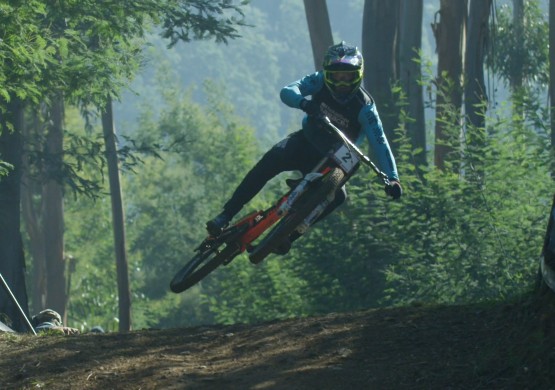What to Pack in Your Bike Saddle Bag? The Essential Tools and Tubes to Carry in your Saddle Bag
18 MAY 2021
Scattered about in a jersey pocket, the components of a flat repair kit are clunky and clattery, bouncing around. But put them in a saddle bag, and they’re secured in style, always at the ready to ride. The humble saddle bag isn't the most glamorous bike accessory, but it faithfully hauls those flat repair essentials, so they’ll be there for you when they’re needed most. Bring the following essentials along, and no goat head, pinch flat, or tire slice will cut that next ride short.

Tube
You need a tube. Maybe two. Even if a bike is set up tubeless, there’s no excuse to find yourself stranded on the side of the road without a tube. Make sure to get the correct tube size that corresponds with your wheel size (26-inch, 650b, 700c, 29-inch) and diameter (23c to2.5-inch). Also, check you have the correct valve type (Presta or Schrader). For some rims, like deep-dish road or gravel wheels, make sure the valve stem is long enough or carry a valve extender along in your saddle bag. Be sure to remove the tube from the box and recycle the cardboard as the packaging will only take up valuable space in that saddle bag.

Tire Lever
Most tire levers are sold in sets, but more experienced riders can often just one to change a flat. Use the lever to pry the bead of the tire over the lip of the rim when ready to replace the tube. You can also use the lever to push the stubborn last bit of tire into place when you’re finished putting in a new tube. Bear in mind, tire levers can snap, and they are relatively low profile, so packing a spare never hurts.

Inflation Device
There are two camps for mid-ride inflation emergencies. The CO2 inflator crew, and the good old-fashioned, faithful handpump. A CO2canister (or two) plus inflator will fit in a saddle bag, while a pump will attach to the bike or you can carry a small pump in your pocket. For extra preparedness or perpetual flatters, bring both!

The CO2 option is smaller, lighter, and inflates repaired tires much quicker. It also requires less effort. However, CO2canisters are single-use and must be replaced after each flat. They also require some practice to use confidently. For this reason, it’s recommended to sacrifice a canister to practice...they work great for seating tubeless tires if you don’t have a compressor at home. CO2 is popular with racers and avid recreational cyclists looking who prioritize speed and efficiency.

A portable hand pump is a great option as well. These can range from tiny pumps, not much larger than a CO2 chuck and canister to frame pumps that can span the length of a top tube. This inflation method is dependable and simple, but it takes longer and requires more effort (especially with smaller hand pumps). It’s a great option for people who aren’t in a rush, or as a backup for those big, committed adventures. With hand pumps, you can reinflate as many flats as you have tubes, patches, or plugs to repair.
Money
Cash is king, especially when you’ve run out of glycogen stores or spare tubes, and some emergency greenbacks come to the rescue. Rushout the door and forget a snack or that extra water bottle? Nothing a fiver can’t handle. Also, paper money is remarkably strong and can be used as a boot in your tire in the event of a severely slashed tire. The boot will keep the inner tube from poking through the gash, exposed, and vulnerable to another flat.

Miscellaneous Essentials
If there’s extra room left in the bag, fill up that space with quick fixes that can live on the bike. An energy bar or gel in the saddle bag can bail you out of a bonk. Packable cold-weather gear can come in handy especially in unpredictable climates. Throw in a multitool, with at least the basic bits to fit the Allen head bolts and various screws on a bike.

Carrying the tools and tubes you need to repair a flat mid-ride is an important part of being self-sufficient out on the road. Tucking them away in a saddle bag offers a clean and easy way to carry these essential tools. Plus, with your saddle bag strapped to your bike, you’ll never forget them at home, so you can ride easy and with the confidence that you can fix minor mechanicals and flats if needed.

